Here’s a list of vegetables to ferment at home to inspire you. The list includes seeds, herbs, and spices as they add more taste and look beautiful.
Can you ferment using wild fermentation or is using a culture starter better? Wild or natural fermentation has some advantages—it’s simple and cheap to allow the microorganisms naturally present on the veggies to do the job. However, this carries a higher risk for problems like mold. Using a culture starter adds more good bacteria that quickly take control of the batch and it speed up fermentation.
If you grow your own vegetables, fermenting is a good way to preserve them longer.
Vegetables to ferment at home
Most ingredients can be combined in infinite ways. And don’t bee too picky about amounts. Use whatever are in season or found at local markets. Organic is best. Often I ferment vegetables grated but try to ferment some whole which looks beautiful.
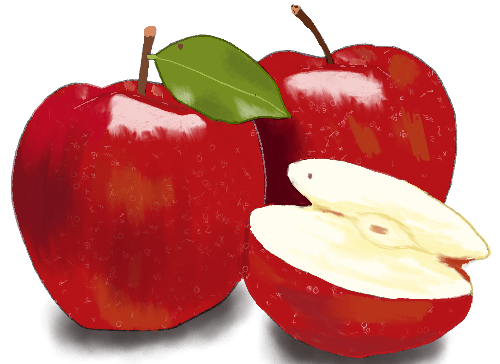
Apples
Apples contain refreshing acids. However, the high sugar content also produce alcohol so you might not want to use too many. Sauerkraut with apples is a classic recipe. Many nutrients are found in the peel so leave the peel.
Beetroot

Ferment both root and greens. Has a sweet, sour and earthy taste and a strong color. Beetroot contains much sugar and if you use much in your batch, it might get a stronger taste of alcohol after fermentation. Try mixing beetroot with lemon, dill, cabbage and caraway seeds. Beetroot is high in minerals, phytochemicals, and betacyanin which is the pigment responsible for the deep purple color. The top greens are rich in carotenoids and flavonoids. Try fermenting whole baby beetroot together with dill, garlic, and horseradish. This mix looks beautiful.
Bell peppers

Bell peppers mix well with other vegetables. They also add a beautiful color, a fresh taste and an appealing crunchiness. Try fermenting bell peppers with spices like onion, garlic, cilantro, or cumin. Bell peppers contain more than 30 carotenoids like carotenes, lycopene, lutein, and zeaxanthin.
Broccoli
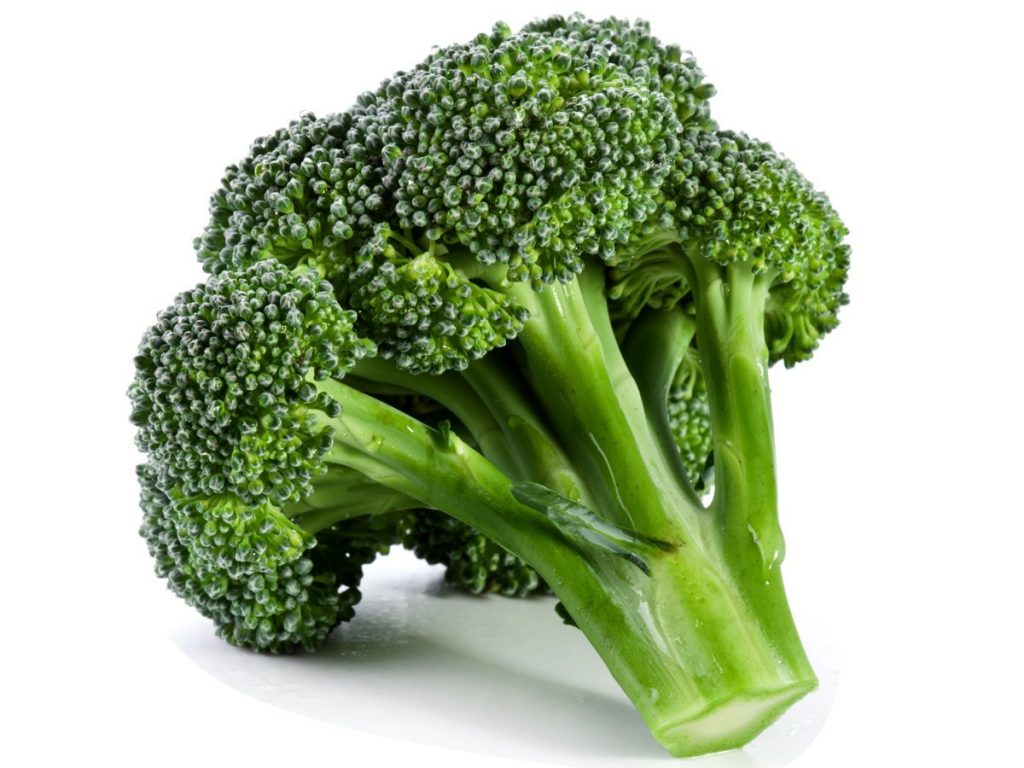
Has a mild taste, adds a beautiful green color, and is packed with nutrients like sulforaphane. The stems are firm and become crunchy when fermented. Broccoli can be combined with most other vegetables. Try fermenting broccoli with carrots and leeks. Another nice combination is to ferment broccoli and hot pepper together. Cut the broccoli stems in halves, so they look like small sticks. Some like to peel the stems as they can be a bit tough. Put the broccoli in a jar, add chopped, fresh red pepper or pepper flakes. Mix sea salt in water and fill the jar to 75% full. Let it ferment at room temperature for about two to four weeks. You can also add a culture starter if you like; that will complete fermentation in seven days.
Cabbage (green)
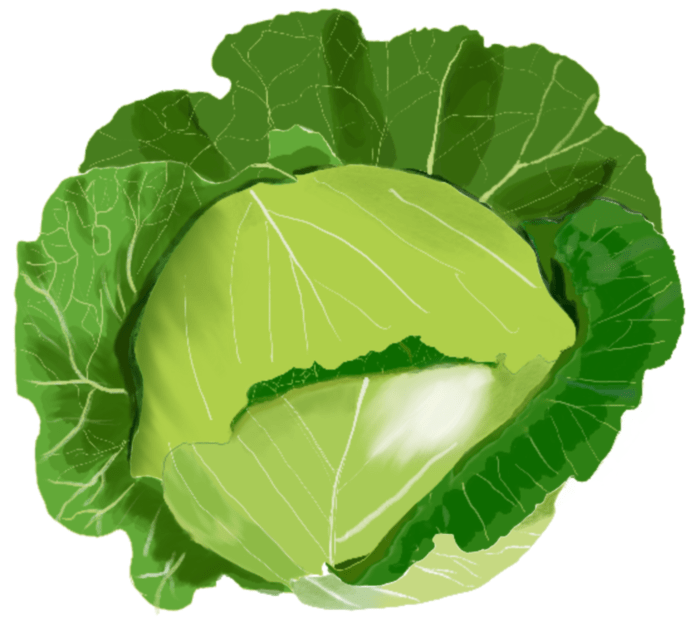
Green cabbage is great in many recipes and is cheap and easy to ferment. Don’t underestimate the simple sauerkraut—100% cabbage, sea salt, water, and a starter culture. But you can try many variations, like cabbage, carrots, and caraway seeds. Cabbage has an appealing crunchiness when fermented. I mostly use 50-80% cabbage in my recipes. Cabbage is nutrient-dense and high in phytochemicals.
Cabbage (red)
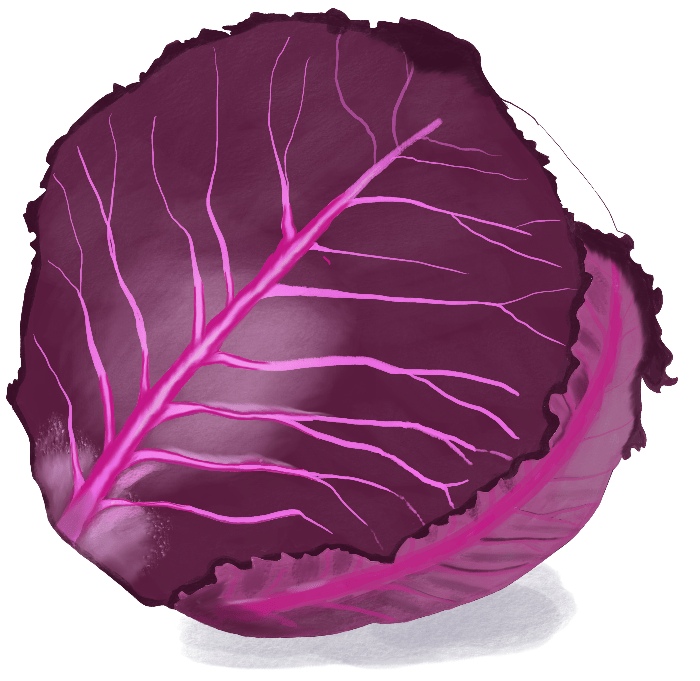
Adds a beautiful color. It is fermented the same ways as green cabbage. Try to fermented red cabbage with juniper berries, or make an exotic-looking red sauerkraut. The color of red cabbage can turn bluish during fermentation which look cool. Mixing green and red cabbage produces a beautiful, pinkish color. Red cabbage is packed with vitamins and polyphenols. A simple but classic recipe is mixing red cabbage and caraway seeds. Shred a cabbage head, add it to a jar together with a teaspoon or two of caraway seed, add water with a tablespoon sea salt.
Caraway seeds
Caraway seeds have a strong, stimulating, and aromatic aroma with hints of nuttiness and bittersweet notes of anise, citrus, mint, and pepper. The seeds contain natural essential oils like carvone, limonene, and anethole that gives the spice its unique flavor. Caraway seeds are common in fermented food recopies.
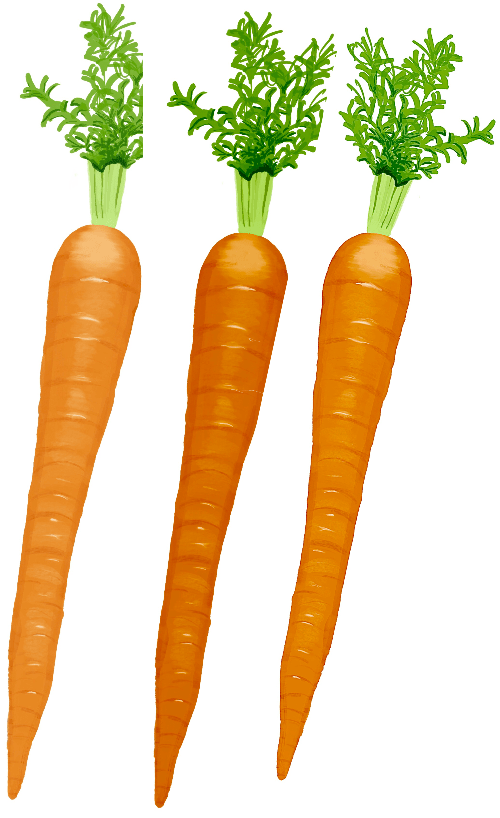
Carrots
Easy to ferment together with most other vegetables. One of my favorite recipes is 70-90% cabbage, 10-30% carrots, and fresh ginger root. Grate the veggies, add salt, water, and the starter. It’s easy to prepare and has a great taste. Carrots contain a powerful compound called falcarinol. Ferment the greens also.
Cauliflower
When fermenting cauliflower together with curcumin root, the batch acquires a beautiful, yellow color. Fermenting together with a beetroot creates pink Cauliflower.
Celery
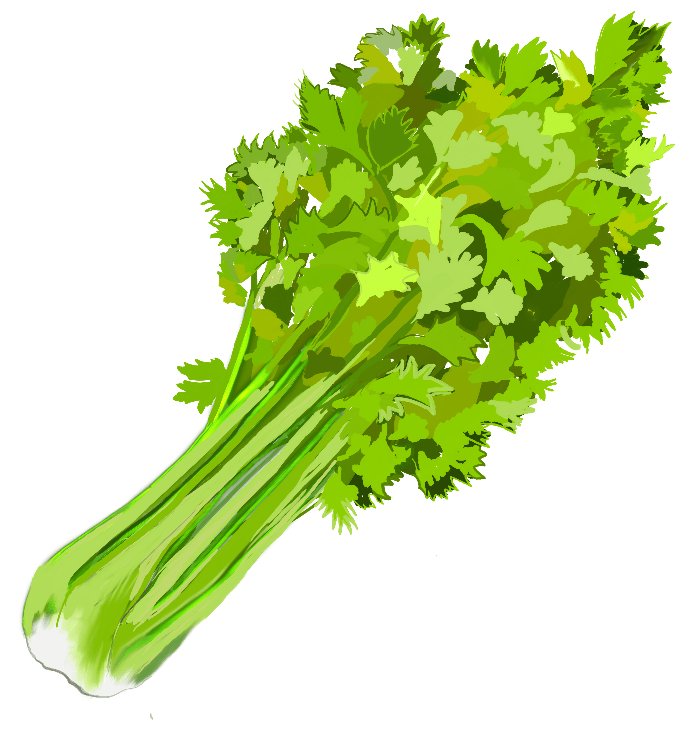
Celery juice is excellent to use as brine when fermenting vegetables. The juice has a mild, salty taste that goes well with most vegetables. Both stalks and leaves can be used. Root celery also works well. Celery can also be grated and added to the veggie mix. And don’t worry, your fermented veggies will not taste celery. The taste almost disappears during fermentation so you don’t feel it at all. Celery contains many phytonutrients flavonoids.
Coriander leaves (cilantro)
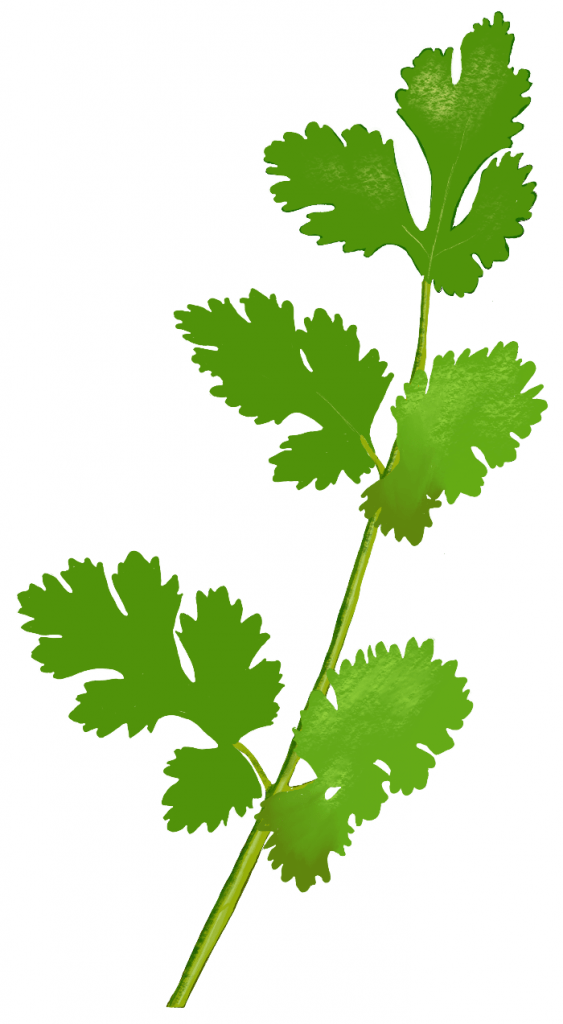
This is a favorite ingredient of mine and when in season it’s really cheap. The flavor is unique, similar to parsley with a hint of citrus and celery. You can ferment both the leaves and stalks. Sometimes I ferment the leaves whole together with green cabbage which has an appealing look. Coriander leaves goes well with all other vegetables and it contains an impressive list of potent phytonutrients.
Cucumber
Remember to use the right kind of cucumber as not all kinds are suitable for pickling. A trick is also to cut off both the blossom end of the cucumbers because it contains an enzyme that causes mushy cucumbers. If you don’t know the blossom end, but of both. Play around with the classic ingredients like dill, black current leaves, mustard seeds, pepper corns, garlic, radish, and salt. Don’t peel them before fermenting.

Fennel
Smells wonderful when shredded with hints of licorice. When fermented, fennel adds a flavor similar to anise. If you like it, you can add quite a lot to a batch as the taste remains mild and appealing. Fennel contains anethole, a powerful agent. It also contains flavonoids like quercetin and kaempferol.
Garlic
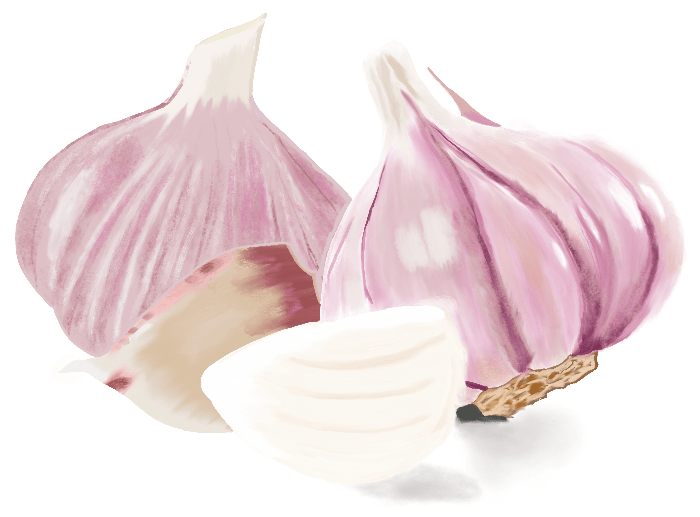
Fermented garlic has a powerful, tangy taste. Fermenting garlic is a great way to preserve it longer. This is practical if you grow your own garlic but don’t have a good place to store it. When mixed with other vegetables, garlic adds a distinct taste which some love. I ferment garlic in separate jars as I like to use it as a side-dish. In any case, fermented garlic is superb! Fermenting whole garlic bulbs looks great!
Ginger root

Ginger adds a pleasant, warm, spicy, appealing taste to a batch of fermented vegetables. Try shredding ginger a bit smaller as bigger chunks tend to be chewy. Ginger root contains powerful compounds like fenols. If you love ginger and you have a juicer, you should try the excellent ginger shorts. Organic ginger is best; use the peel also.
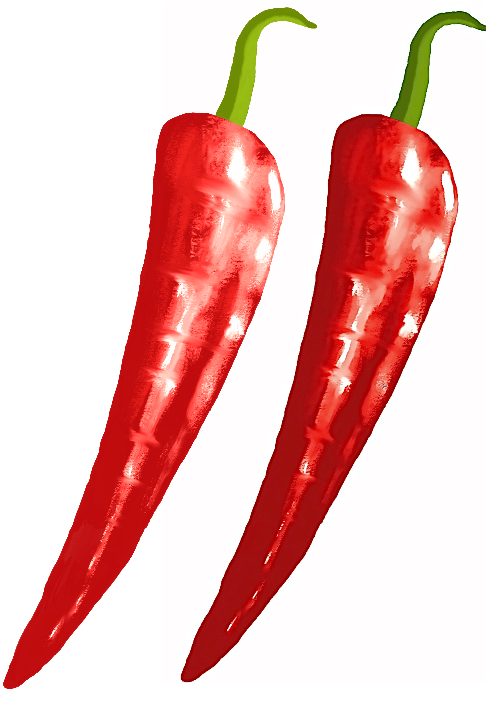
Hot peppers (Jalapeños)
Great together with many vegetables. Just be careful if you add too many as when fermented the flavor can get very strong. One or two hot peppers in a batch might be all you need. However, if you love really hot food, then just go for it! The peppers has powerful properties.
Onions (yellow, red, white)
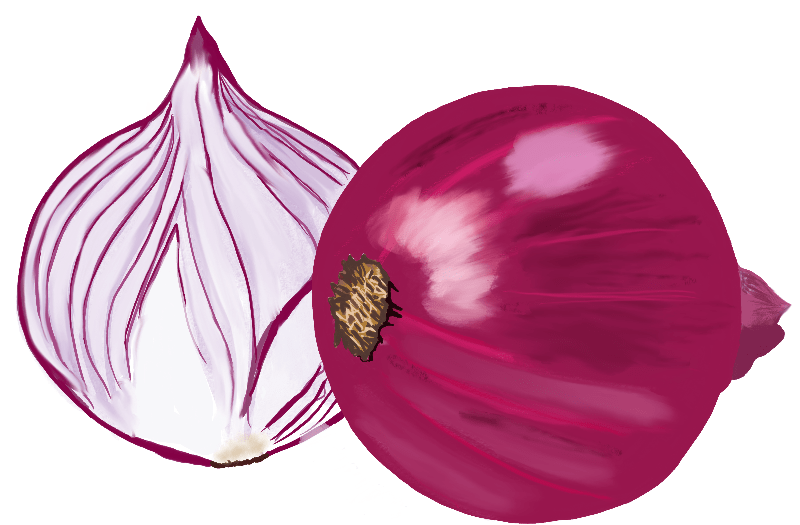
Fermenting onions by itself or together with bell peppers or beetroot is great combination. Similar to garlic, the distinct taste of onion becomes dominant when used in a batch together with other milder vegetables like cabbage, carrots, herbs, and seeds. Onion contains many organic thiosulfinates, sulfides, sulfoxides, and other compounds that are responsible for its unique taste.
Radishes
Nice to ferment together with dill, caraway seeds, or mustard seeds. Radishes is also used to prepare kimchi. Radishes unique taste is because of the presence of indoles, flavonoids like zeaxanthin and lutein, and also sulforaphane.
Sweet potatoes
I love fermented sweet potatoes. They have a sugary, caramelized flavor that goes well with other vegetables. Leave the skin on and ferment them shredded. Fermented successfully, they remain crunchy. An exciting recipe is fermenting sweet potatoes with ginger root, onion, salt, and water. After seven days, you will have a great-tasting mix. The taste and look of sweet potatoes is affected by carotenoids and anthocyanins.
Turmeric root
Some like to peel the turmeric root before fermenting as they don’t like the taste of it. I always leave the peel on both turmeric and ginger as it contains many good microorganisms. You can add grated or chopped turmeric to any of your vegetable batches. You can also ferment turmeric and ginger together which is a great, hot combo. Grate equal parts of fresh turmeric and ginger root. Put the pieces into a Mason jar, add water with two teaspoons sea salt. You can also add a culture starter. Ferment for a week or so.